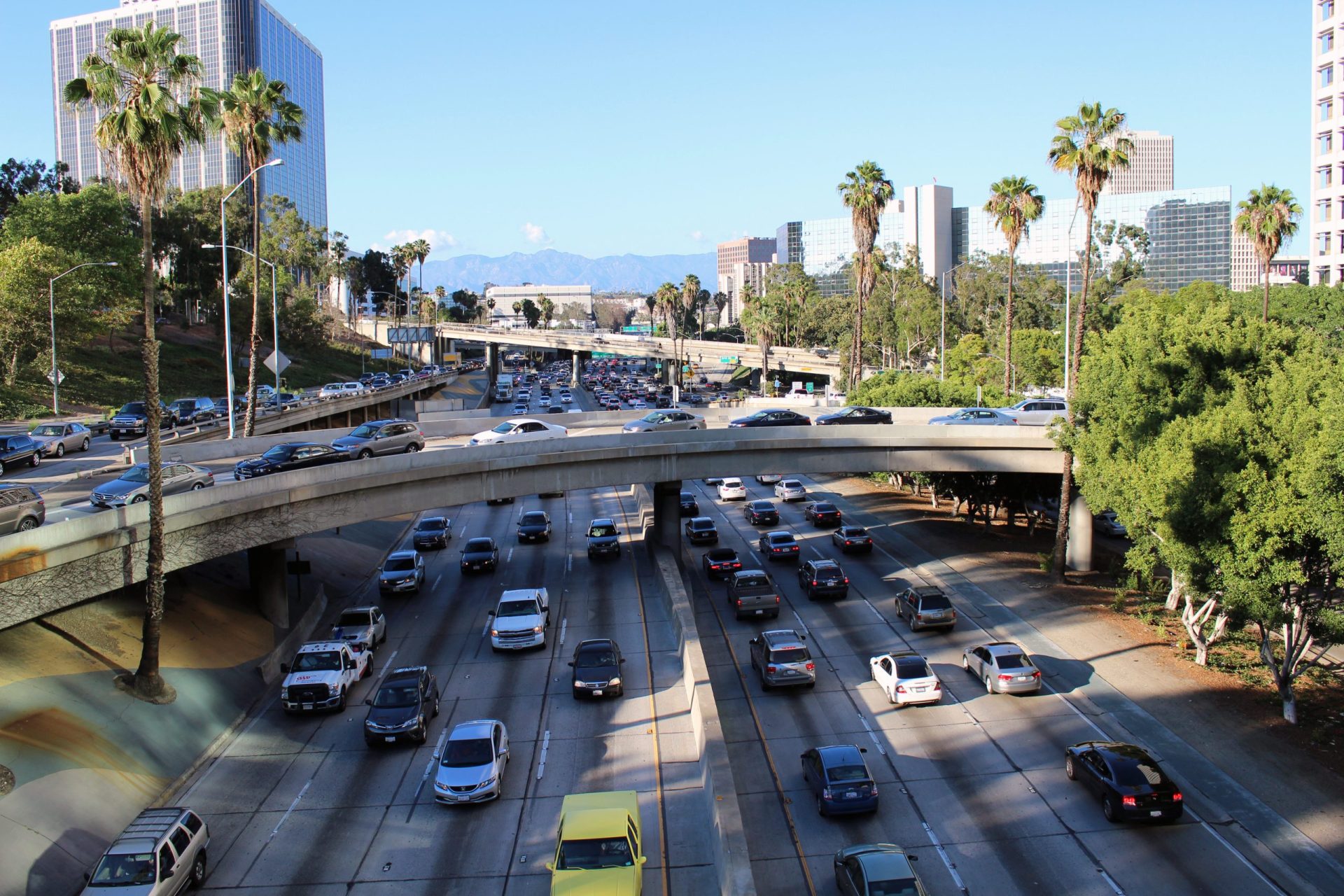The United States, with its vast network of roads and highways, relies on a robust system of traffic rules to ensure order and safety. Let’s delve into the intricate web of regulations that govern the American roads, understanding their history, significance, and the impact they have on various aspects of our daily lives.
Introduction
In the dynamic tapestry of American life, traffic rules serve as the threads holding together the fabric of road safety. These rules, while often taken for granted, play a pivotal role in ensuring the smooth flow of traffic, safeguarding lives, and maintaining order on the roads.
Historical Evolution of Traffic Rules
The roots of American traffic rules can be traced back to the early 20th century when the automobile era began. Initially sparse, these rules evolved as the number of vehicles on the roads increased. Milestones such as the introduction of the first traffic signal in 1914 marked the beginning of a structured approach to traffic management.
Current Traffic Laws and Regulations
Today, the USA boasts an extensive framework of traffic laws encompassing speed limits, road signs, and various other regulations. Understanding the nuances of these laws is crucial for every driver, contributing to the overall safety and efficiency of the road network.
Significance of Following Traffic Rules
The importance of adhering to traffic rules cannot be overstated. Beyond the prevention of accidents, compliance ensures a harmonious coexistence of diverse road users. The consequences of flouting these rules range from fines to more severe legal actions, emphasizing the seriousness of their enforcement.
Common Traffic Violations
From speeding to running red lights, certain traffic rules are frequently violated. Familiarizing oneself with these common infractions and their consequences is essential for responsible driving.
Traffic Rules Variations Across States
Interestingly, the United States exhibits variations in traffic regulations from state to state. While the core principles remain consistent, understanding the unique rules of each state is crucial, especially for those embarking on cross-country journeys.
Role of Law Enforcement
Law enforcement plays a pivotal role in upholding traffic rules. From routine traffic stops to more advanced technological interventions, their efforts contribute significantly to maintaining order on the roads.
Technology and Traffic Management
In the 21st century, technology has become an ally in enforcing traffic rules. Advanced systems, including traffic cameras and automated ticketing, not only monitor but also act as deterrents to potential violators.
Education and Awareness Programs
Beyond enforcement, education and awareness programs play a vital role in promoting compliance. Initiatives aimed at educating the public about the importance of traffic rules contribute to a culture of responsible driving.
Impacts of Traffic Rules on Insurance
The relationship between traffic rules and insurance is intricate. Insurance premiums often hinge on a driver’s adherence to these rules, making it a financial incentive for responsible driving.
Public Perception of Traffic Rules
Public attitudes towards traffic rules vary, influenced by factors such as region, age, and cultural background. Understanding these attitudes is crucial for devising effective strategies to improve compliance.
Traffic Rules and Environmental Impact
Beyond safety, traffic rules also intersect with environmental concerns. Efforts are underway to align traffic regulations with eco-friendly practices, promoting sustainability in transportation.
Challenges in Enforcing Traffic Rules
Enforcing traffic rules comes with its set of challenges. Identifying and addressing these challenges is essential for creating a more effective and equitable system.
Future Trends in Traffic Regulations
As technology continues to advance, the future of traffic regulations looks promising. Innovations such as smart roads and autonomous vehicles are set to reshape the landscape of traffic management.
Conclusion
In the intricate dance of daily life, traffic rules emerge as choreographers, guiding each participant to navigate the roads safely. Adhering to these rules isn’t just a legal obligation; it’s a collective responsibility that ensures the well-being of every road user. As we drive towards the future, let’s remember that the roads are shared spaces where harmony is achieved through the collective adherence to traffic rules.
Frequently Asked Questions
- How do traffic violations impact insurance premiums?
- Traffic violations can lead to increased insurance premiums as insurers consider them indicators of higher risk.
- Are there ongoing efforts to make traffic rules more environmentally friendly?
- Yes, there are initiatives to align traffic rules with eco-friendly practices, promoting sustainability in transportation.
- What role does technology play in enforcing traffic rules?
- Technology, including traffic cameras and automated systems, is increasingly used for monitoring and enforcing traffic regulations.
- Are there any imminent changes expected in traffic regulations in the near future?
- The future of traffic regulations involves advancements like smart roads and autonomous vehicles, promising a transformative impact on traffic management.




